Take vocabulary learning to a whole new level with these vocabulary flashcards designed for 10 different games! Make your classes dynamic and fun while your students reinforce key terms through playful activities. This resource is perfect for keeping students engaged and actively learning.
It includes 64 flashcards that can be used to play TEN different games!
- Memory
- Around the world
- Cowboys
- Charades
- Pictionary
- Describe and guess
- Oh! No!
- Listen and pick
- Inflatable hammer
- Big bag toss
Features included:
- Table of contents
- Index
- Glossary
- Heading
- Subheadings
- Keywords
- Photographs
- Illustrations
- Captions
- Diagram
- Labels
- Timelines
- Text Boxes
- Maps
- Bullets
- Graphics
In addition to the vocabulary cards, you'll find guides for each game.
Ideas for using this resource:
-
For early finishers: Place the vocabulary cards in a designated area of the classroom and allow students who finish their tasks early to play a quick game, like "Pairs" or "Describe and Guess," to review the vocabulary while they wait for others.
-
Science class center: Set up a learning center where students can rotate between different games, like "Charades" or "Pictionary," using the cards to reinforce key vocabulary. This is a fantastic way to review terms in small groups.
-
Whole-class activity: Divide students into teams, give each team a set of cards, and have them compete in games like "Around the World" or "Target Practice" to see who can master the most terms. A fun and competitive way to review important concepts!
-
Quick games to start or end the class: Use games like "Oh Snap!" or "Inflatable Hammer" at the beginning or end of class for a quick, fun review of vocabulary. Perfect for breaking the ice or reinforcing terms before a quiz.
-
Vocabulary tournament: Organize a weekly game tournament using the cards. Each week, teams compete in different games (like "Cowboys" or "Listen and Pick") and earn points. At the end of the month, the team with the most points gets a prize or recognition.
BONUS!
16 posters that cover the different Features of Informative Text:
- Table of contents
- Index
- Glossary
- Heading
- Subheadings
- Keywords
- Photographs
- Illustrations
- Captions
- Diagram
- Labels
- Timelines
- Text Boxes
- Maps
- Bullets
- Graphics
Each poster includes:
- Text Feature
- Definition
- Example
If you enjoyed this resource and found it useful for your class and students, follow my store for more products.
Don't forget to leave a REVIEW on this product!
Looking for this resource in Spanish? Here’s the link:
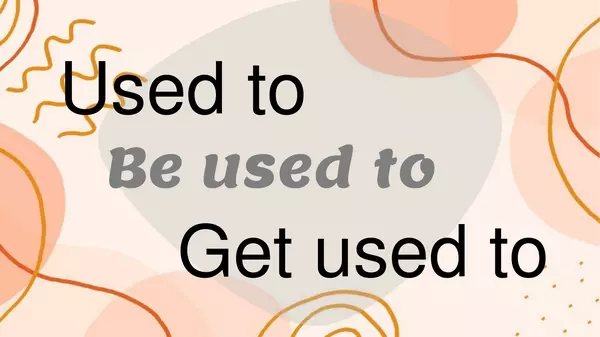
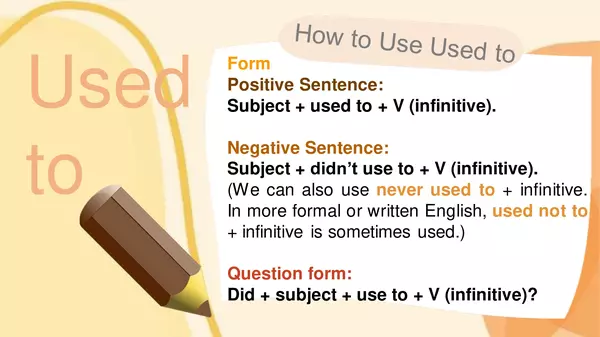
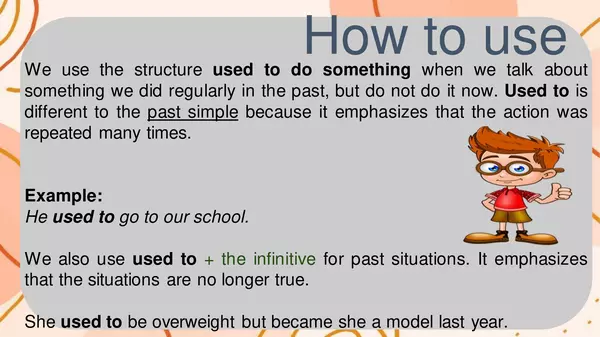
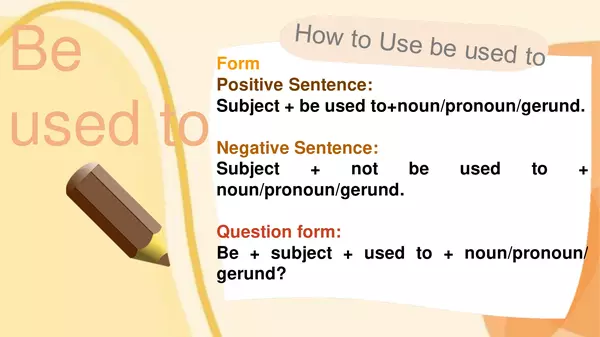
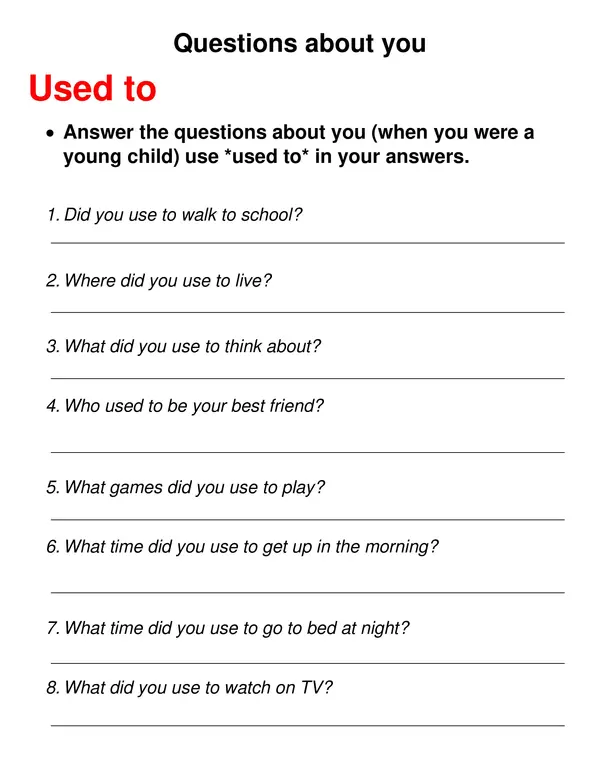
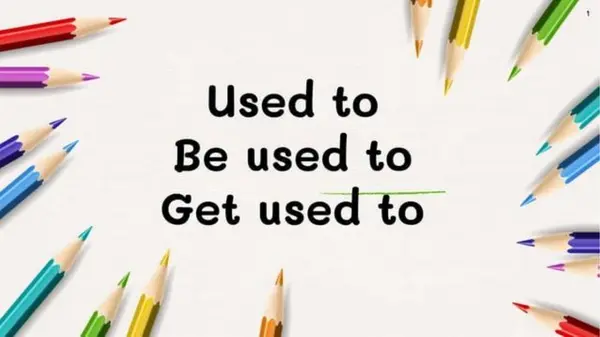
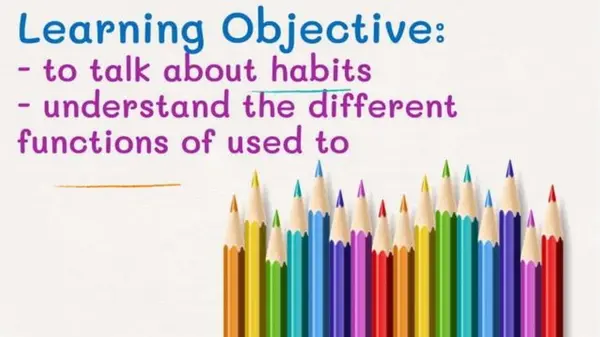
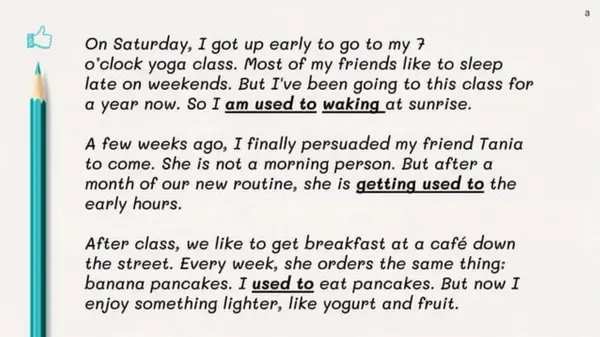
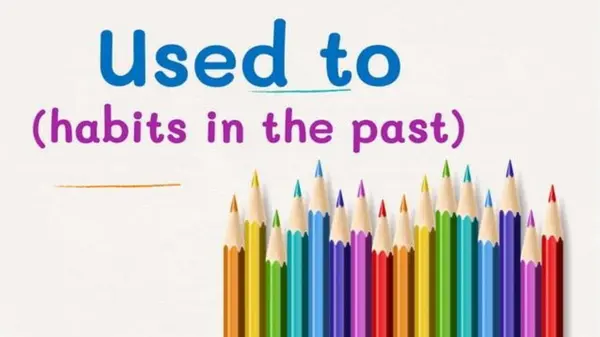
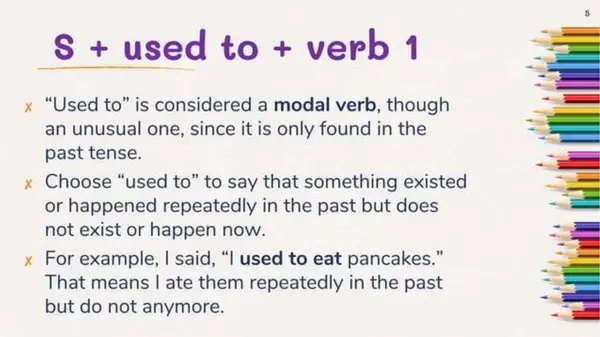
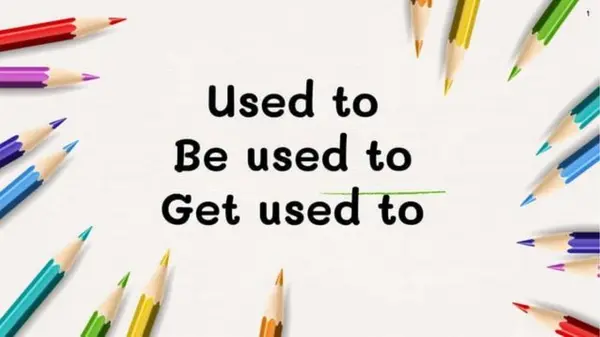
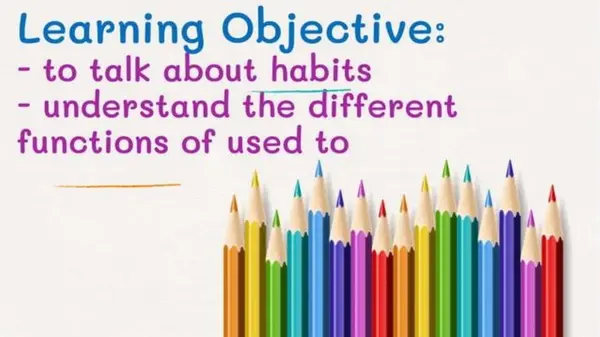
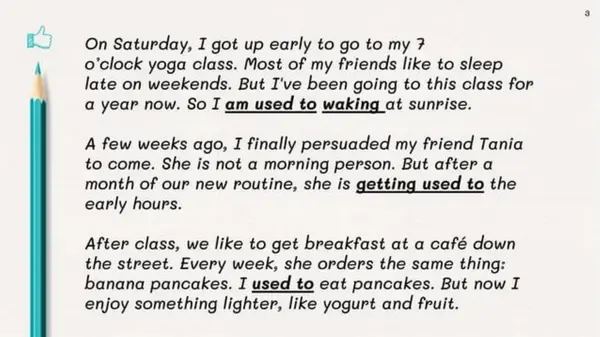
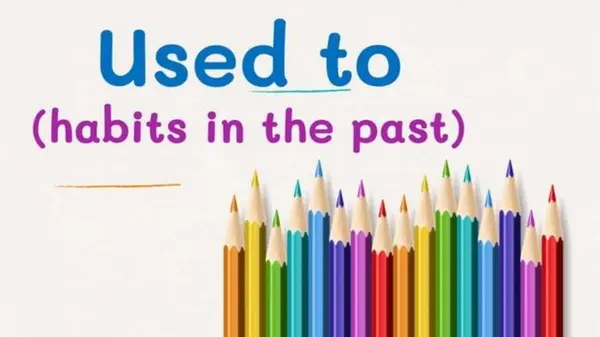
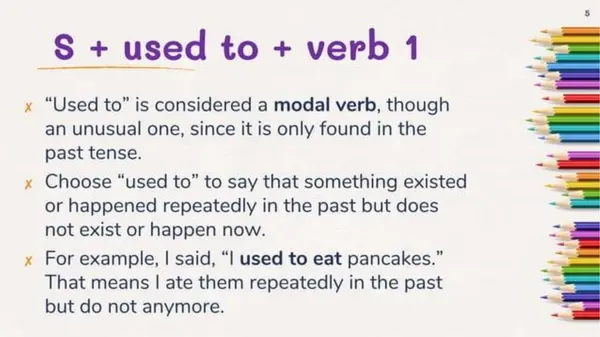
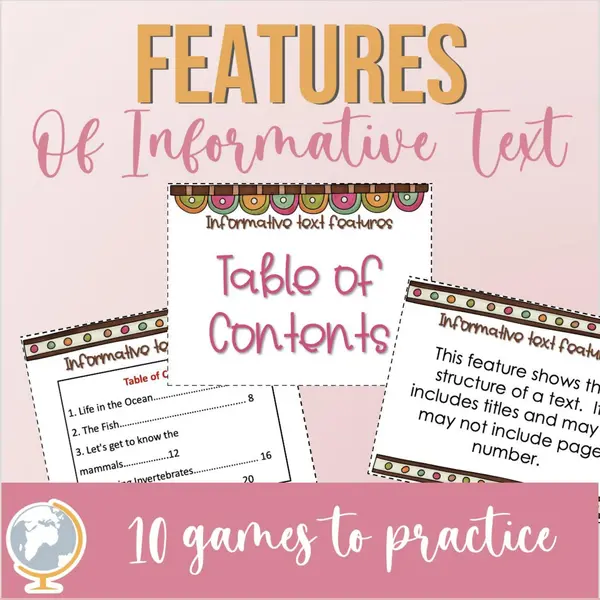
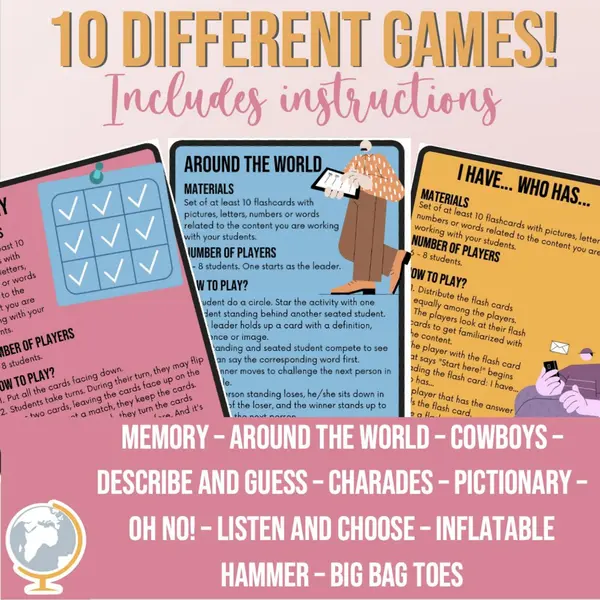
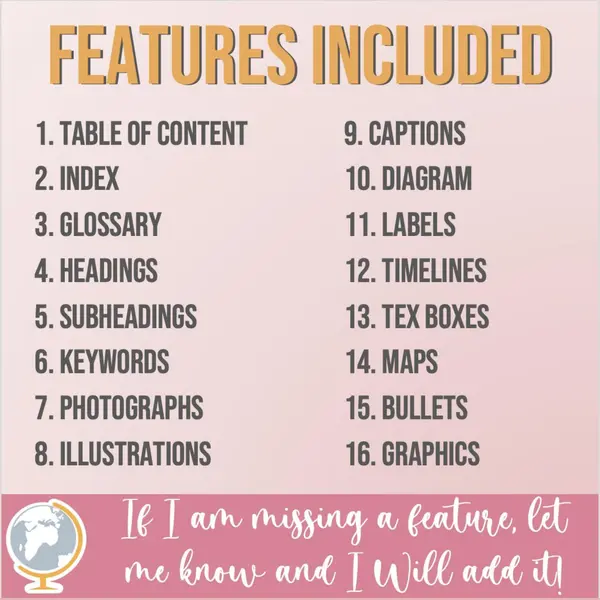
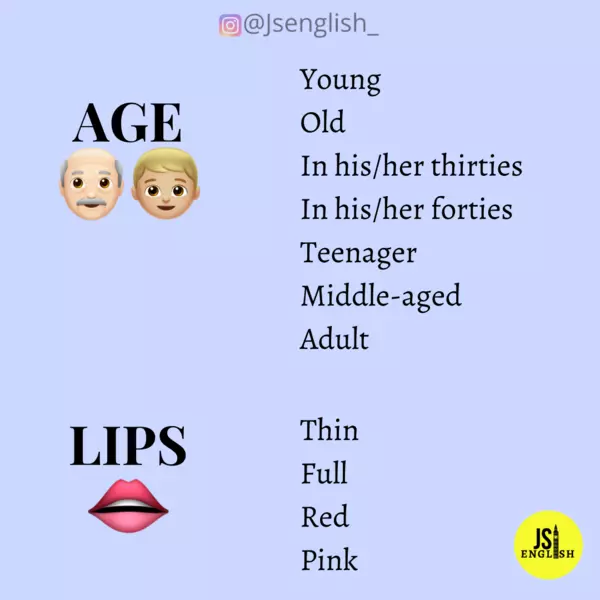
.png)
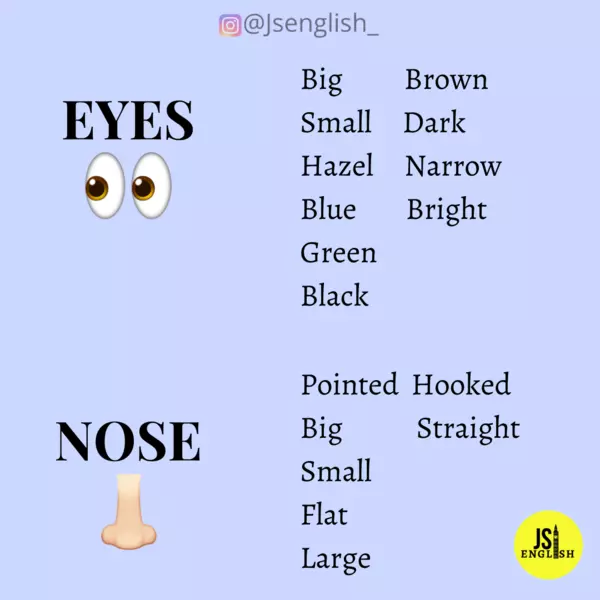.png)
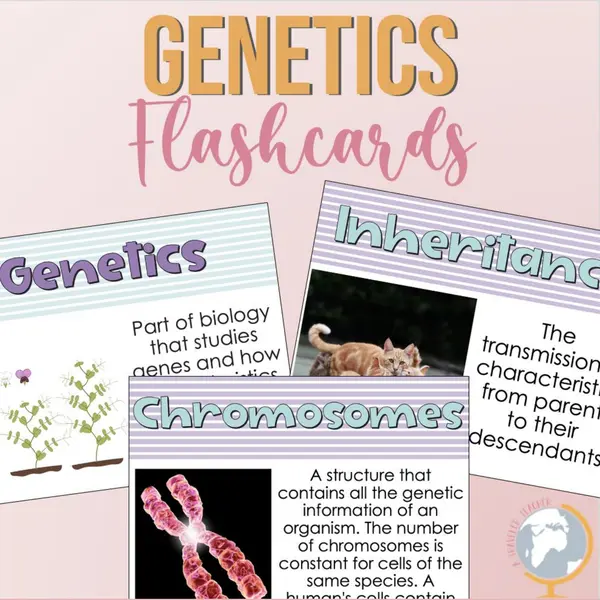
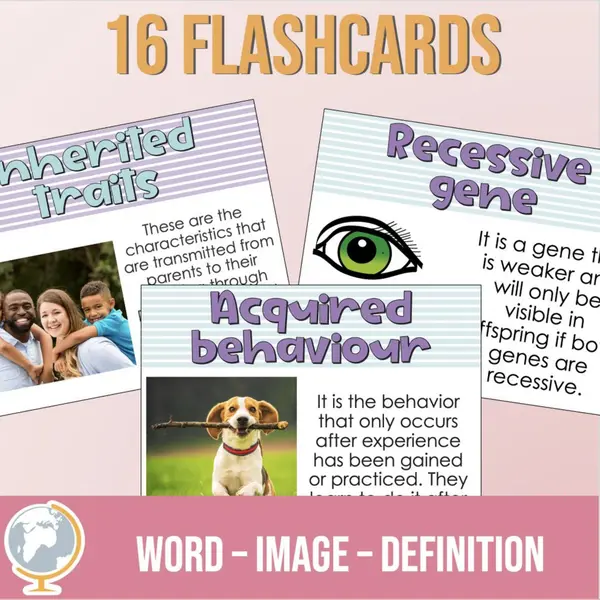
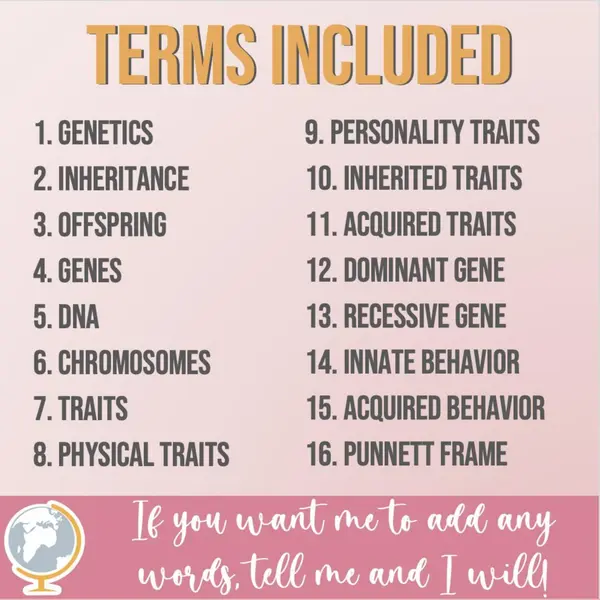
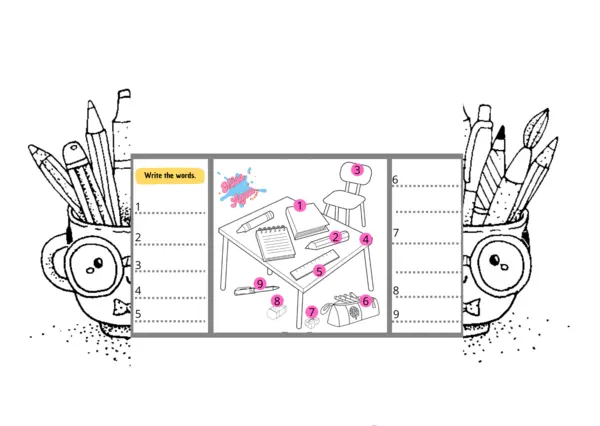
Lucero, muy buen recurso, ¿Podrías subir 1 sobre Question Tags? Gracias!!